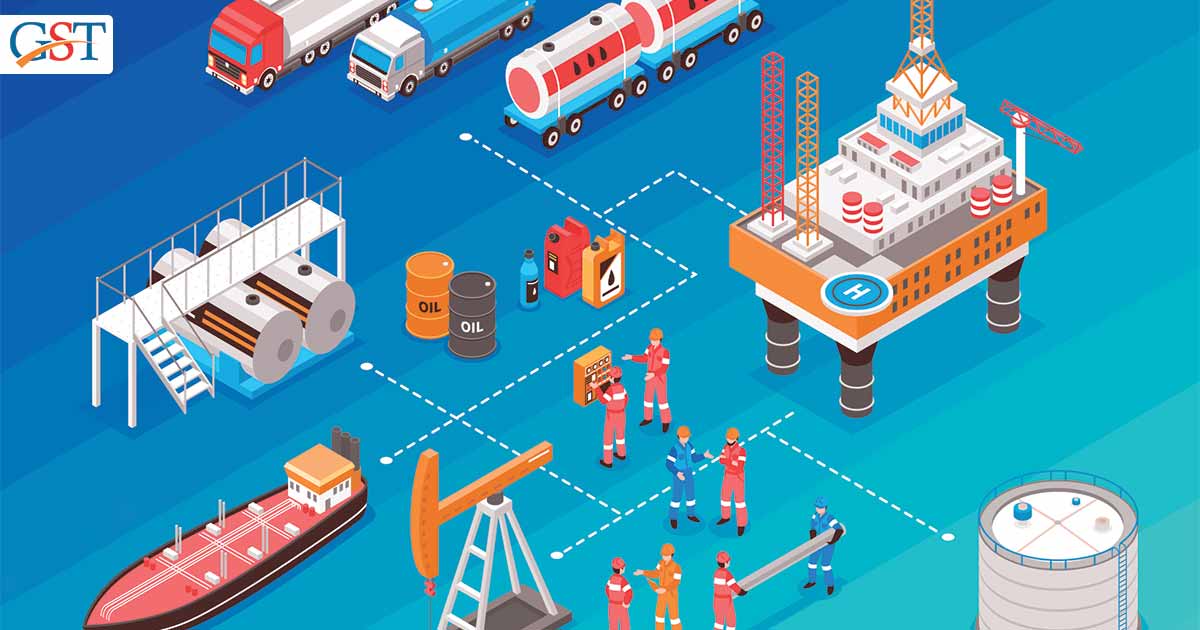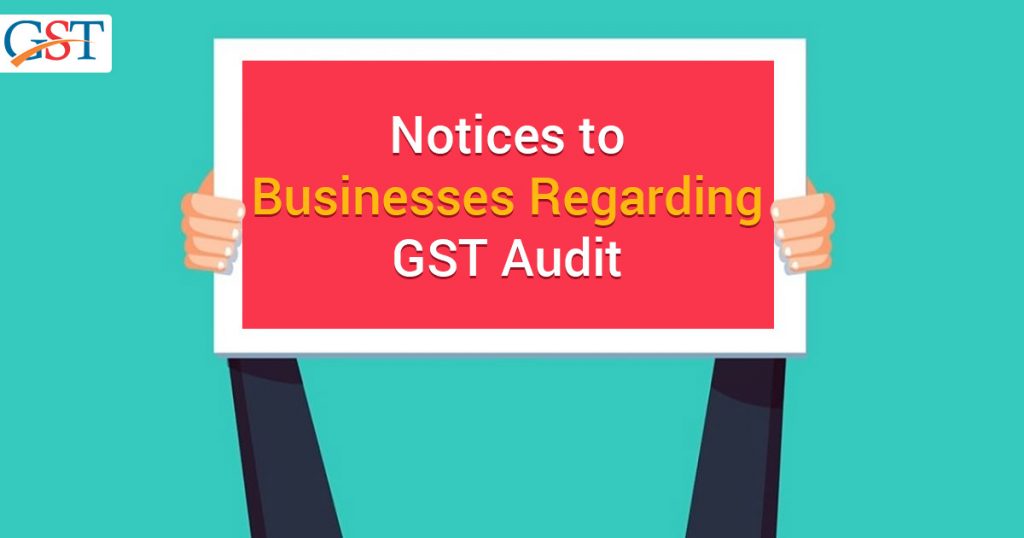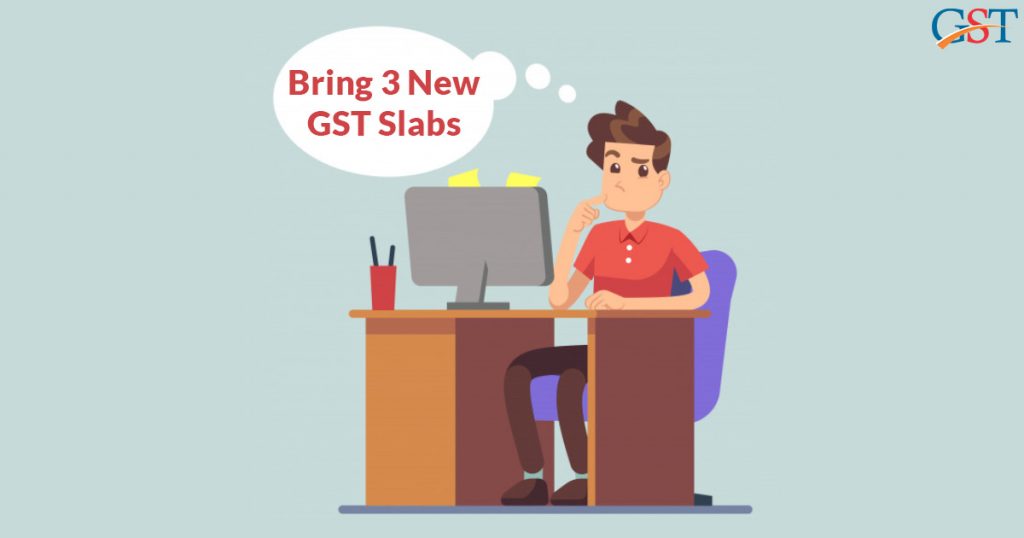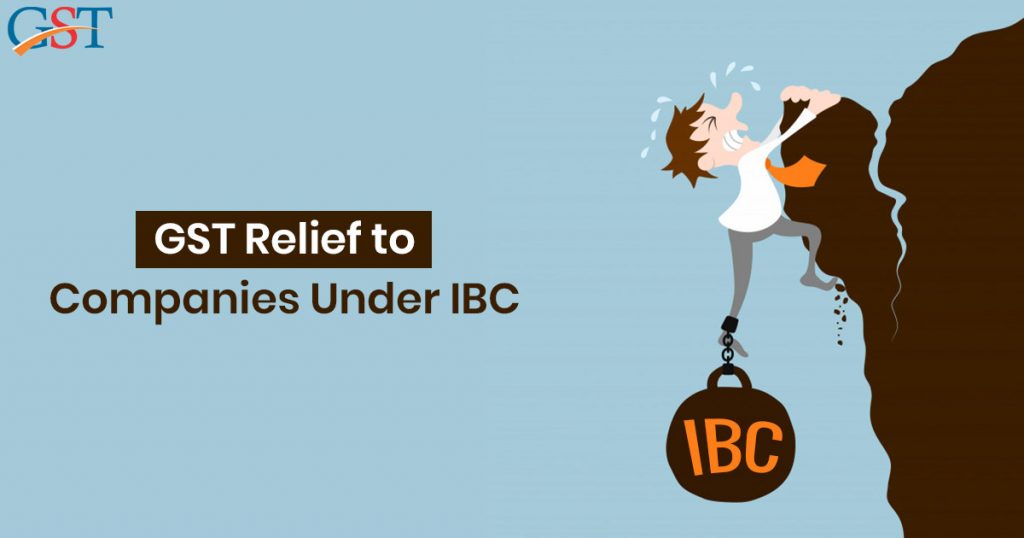GSTR 9C is a declaration of reconciliation among the Annual Returns in GSTR 9 documented for a Fiscal Year and the charts based on audited annual Financial Summaries of the taxpayer.
Every registered person whose aggregate turnover during a fiscal year is more than INR 2 crore must get his reports audited as specified under sub-section 5 of section 35 of the CGST Act. Also, he must mandatory to provide a copy of the audited annual statements and a duly certified reconciliation summary in Form GSTR 9C.
Putting up with into account the problems faced by the tax filers while filing of GSTR 9C form, we have abstracted some common issues that were primarily faced along with suggestions that will hold up the related complications. Let us maintain a look at them for the steady & comfortable filing of GSTR 9C.
Auto-population of the value of ITC in Table 8A of Form GSTR-9 as per Form GSTR-2A
One of the incentives responsible for the mismatch between the ITC that is pre-populated can be:
Values of table 8A of Form GSTR 9 brings Auto occupied entirely for GSTR 1 that is filed by the supplier taxpayer by the last date of this return filing. Input Tax Credit on allowances of the fiscal year, if reported after the period allowed, it won’t be auto-populated in Table 8A of Form GSTR-9 but will evaluate in Form GSTR-2A.
Use Initiate Filing- Noteworthy Point to File GSTR 9C
GSTR 9C Table received from GSTR 9, which is in the pdf extension file that can be downloaded by using the ‘INITIATE FILING’ tab, pursued by the distribution of the PDF file to the Auditor by the taxpayer for form GSTR 9C practice for a quotation. For the preparation of GSTR 9C by the Auditor, the taxpayer does not require to download the pre-filed JSON file from the portal. Do not attempt to download the JSON file if any such file instructed by your Auditor has not been uploaded by you.
The issue associated with Signature
Here, the problem is Error “Auditors sign is invalid” appears for users. The treatment for the invalid Signature is to ensure the following DSC related points.
Digital Signature Certificate (DSC)
● Digital Signature Certification must be as per PAN, and it should have a PKCS7 format.
● DSC must be incorrupted.
● DSC must be valid/ not be expired.
To-Do with JSON File- Post receipt of JSON file
‘JSON File,’ i.e., the Reconciliation declaration created & affirmed by Auditor, is uploaded on the GST Portal using the ‘PREPARE OFFLINE’ tab on GST Portal. The button is to utilize for downloading erroneous JSON files.
Economic declarations like Balance Sheet, P&L Account, etc. can be uploaded in PDF/JPEG format using the ‘INITIATE FILING’ tab. The same cost is used to file Form GSTR 9C instructed by the Auditor. Once the signed JSON file/ Reconciliation statement and Audited Financial Statement are successfully uploaded, the ‘PROCEED TO FILE’ tab gets enabled.
Soft Solutions Online is one of the best GST Software providers to help to fill your all types of taxes online without any error.









